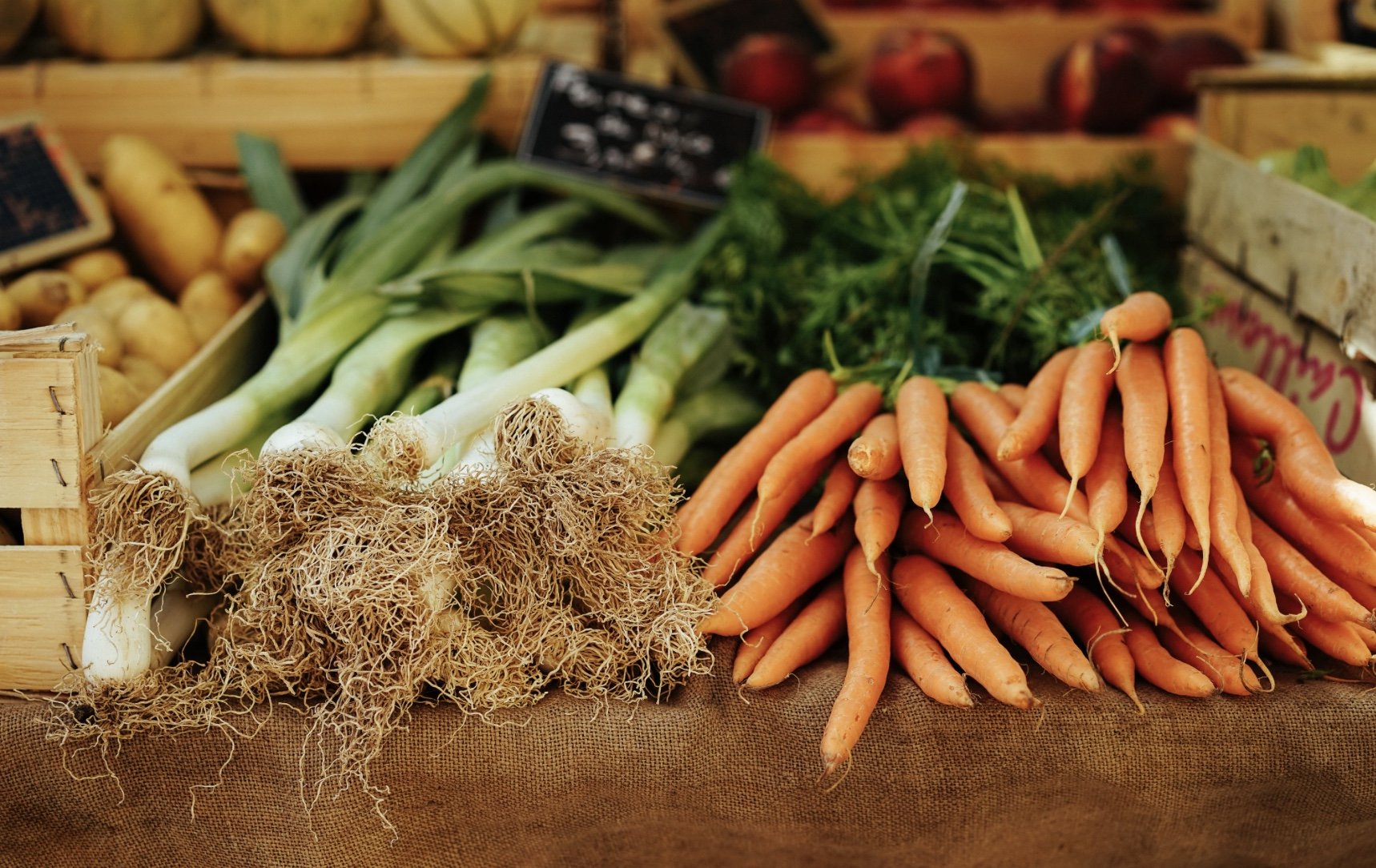The Wild World of Vegetables
To begin, all food when broken down, elicits a blood sugar response. Ideally, we would like to have more consistent, steady blood sugar throughout the day. Steady blood sugar means balance and sustainable energy, versus the 2:00 afternoon crash. In order to achieve that balanced energy it’s important that we prioritize whole-food consumption and a healthy consumption of that from vegetables daily.
Vegetables are rich in nutrition – both macronutrients and micronutrients. Macronutrients are nutrients the body requires in large amounts such as proteins, carbohydrates and fats. Micronutrients are organic compounds the body requires in very small amounts such as vitamins and minerals. It is important that we consume a variety of vegetables (and in a variety of colors) to benefit from the nutrients that are in them to support our overall nutrition.
Vegetables provide a variety of health benefits including: vitamins, minerals, phytonutrients, antioxidants, fiber, and EFAs (essential fatty acids). The benefits of adequate vegetable consumption have been shown to reduce and reverse the prevalence of cardiovascular disease, diabetes, and metabolic syndrome.
As if consuming vegetables for long term health wasn’t enough – consider these benefits: weight loss/management, decrease in body fat, improve blood vessel elasticity (less stress on the heart), decrease blood pressure, and increase homocysteine (an amino acid used to help make proteins). So for those of you out there looking to make some muscle gains, make sure you’re consuming your vegetables!
What are the best ways to consume vegetables and increase my intake?
Vegetables can be delicious when cooked and prepared in a variety of ways! Typically consuming vegetables raw or steamed seems easiest with our lifestyles; however, roasting, grilling, and sauteing are also wonderful ways to draw out new flavors and fun ways to cook. Using healthy cooking oils such as olive oil, avocado oil and coconut oil are easy ways to add some flavor and prevent from your vegetables scorching to the pan or burning to a crisp. Additionally, there are now more than ever spices, herbs and healthy blends out there that can make your vegetables more fun to consume and pair well with any dish.
So how much do I need to consume to reap these benefits? And where do I start?
Most Americans do not consume more than 1.5 cups of vegetables daily, according to the USDA. It is recommended to consume 6-8 fist-sized servings of vegetables daily. If you’re like most, you’re probably not consuming enough and increasing your intake 6-fold can be very overwhelming and difficult to sustain.
So here’s a checklist of how to get started:
1. Make a list of all the vegetables you DO enjoy, and the vegetables you’d consider trying.
2. Make a grocery run (or Instacart like I do if motivation is a problem). Pick up a small sample of your vegetables on your list of what you do enjoy.
3. As soon as you are back home/delivered, clean* your produce immediately and clean/cut into portions you’d like in sandwich bags.
4. Place in the refrigerator in your line of sight (so they don’t get buried in the drawer or in the back) and focus on consuming one sandwich bag of veggies at each meal.
Q&A:
What about frozen vegetables?
These are an excellent and sustainable way to invest in buying more vegetables if you’re on a budget, or have the bad habit of buying fresh vegetables with the intent to eat them … and then don’t, and toss spoiled food (and money) away. Just make sure that there is no added sauce or seasoning to the package. The simpler, the better.
Cleaning produce? What do you mean exactly?
Think about the process in how vegetables and fruit are grown. Now think about how they’re harvested. Not everything is automated by machines, there are A LOT of hands that still come in contact with your food before it even hits your mouth. Moreover, think about the amount of chemicals sprayed on your food as it’s growing. Even organic farmers have to use some pesticide/fungicide (even if using a natural product) to keep pests away from spoiling their crop. And to think … we consume these things without properly cleaning! A rinse under the faucet may not be enough – so here’s what I use:
- 1 part of distilled white vinegar for every 3 parts of water. Uh, what?
o Measure out your liquids. It sounds ridiculous but you’ll do it a few times and get the hang of it.
- Place your produce in the solution and let it sit for 5-10 minutes.
- Take your produce brush, use it to scrub the skins on firmer fruits and vegetables (apples, potatoes, celery) and gently spin and shake out other items (leafy greens, berries, asparagus, tomatoes, etc).
- Place on paper towels and let air dry before storing back in the refrigerator. I will take fresh paper towels and wrap my produce before putting it back in packaging and storing in the refrigerator to help with added moisture control. Your produce will be properly cleaned and last a few days longer than normal – seriously!

